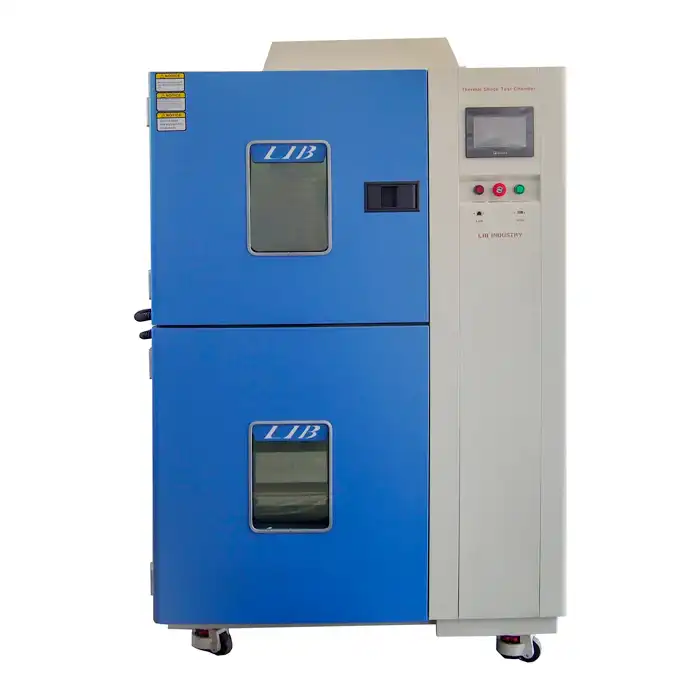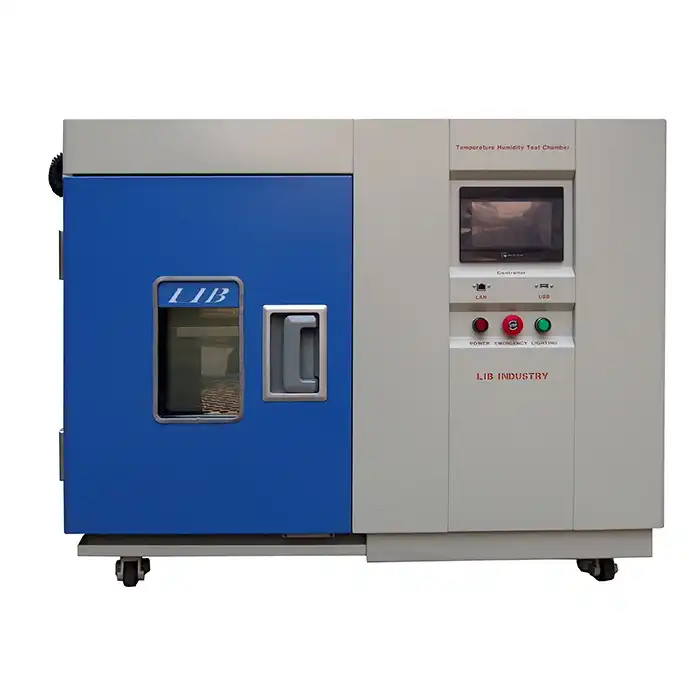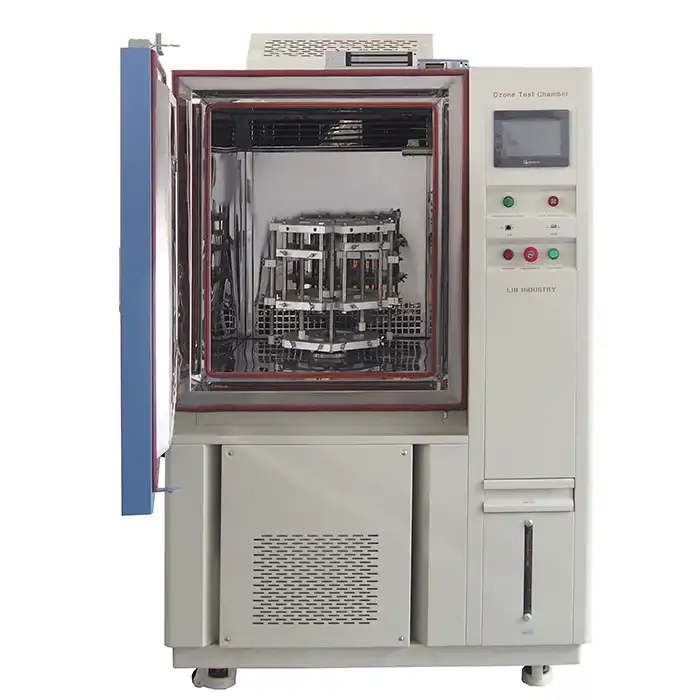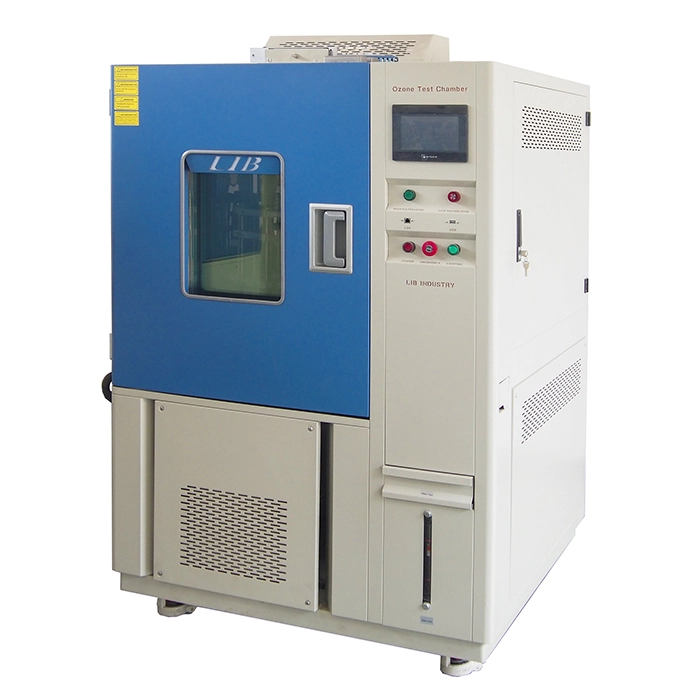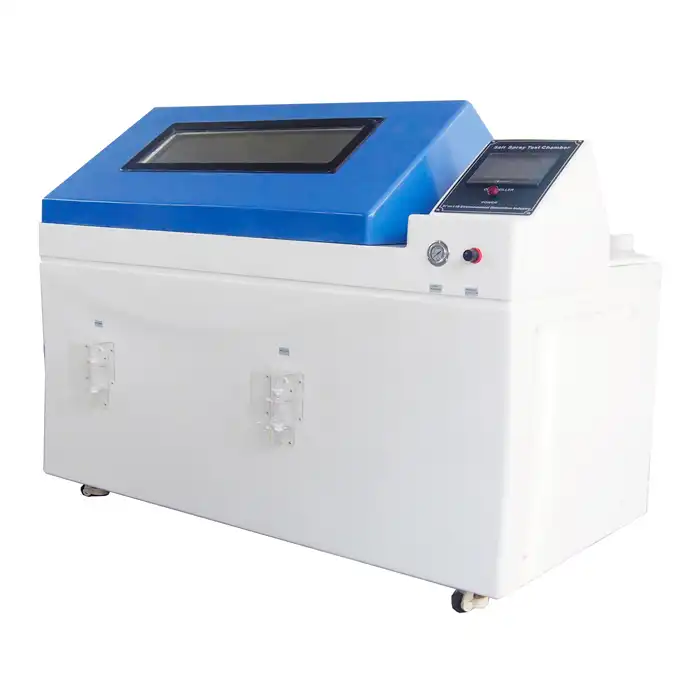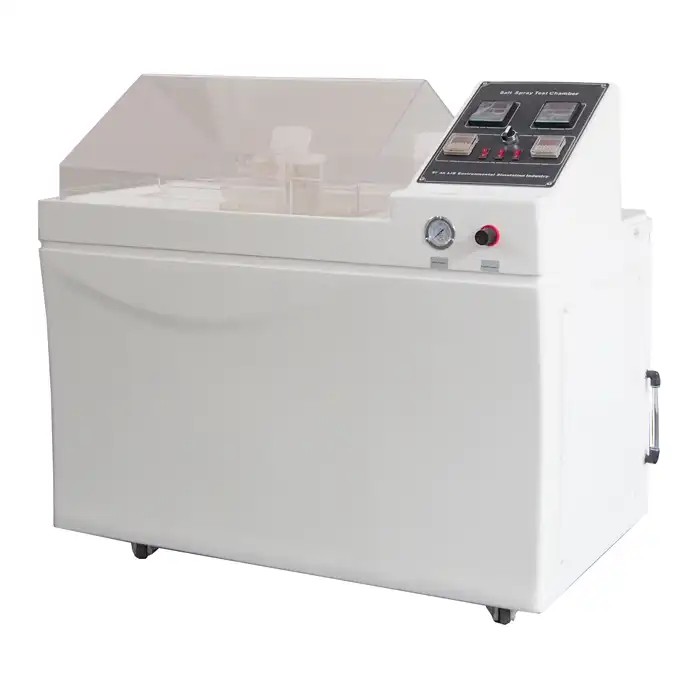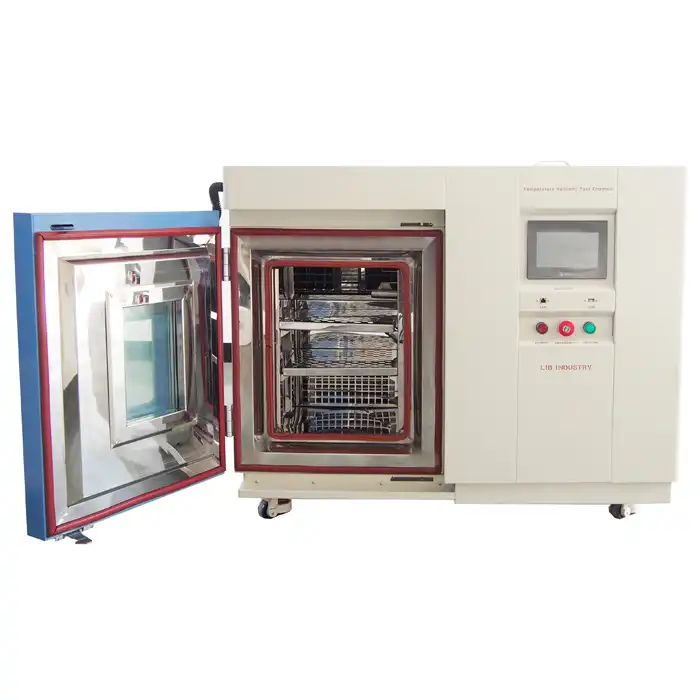What is the purpose of a salt spray chamber?
In the realm of environmental testing, salt spray chambers, also known as salt mist chambers, play a critical role. These devices are designed to simulate and accelerate the effects of salt corrosion, a common challenge faced by various industries. This article will delve into the purpose of a salt spray chamber, how it works, and its significance in various applications. By the end, you’ll have a clearer understanding of why these chambers are essential and how they benefit different sectors.
Understanding the Salt Spray Chamber
A salt spray chamber is a specialized testing device designed to evaluate the corrosion resistance of materials and coatings by simulating the harsh conditions found in saline environments. This type of testing is crucial for industries where products are exposed to corrosive conditions, such as automotive, aerospace, marine, and construction sectors. By accelerating the natural corrosion process, the salt spray chamber provides manufacturers and researchers with valuable insights into how materials will perform over time, helping them to enhance durability and extend the lifespan of their products.
Key Components of a Salt Spray Chamber
- Salt Solution Reservoir: The salt solution reservoir is a critical component of the salt spray chamber. It holds the saline solution, which is typically made up of a precise mixture of sodium chloride (NaCl) and distilled water. The concentration of salt in the solution is standardized to replicate various corrosive environments. The reservoir is designed to ensure a constant supply of this solution to the atomizing nozzle.
- Atomizing Nozzle: The atomizing nozzle is responsible for converting the salt solution into a fine mist. This mist is crucial for the test, as it ensures that the salt particles are evenly distributed throughout the salt mist chamber. The nozzle's design and function are essential for achieving consistent and reproducible test conditions. By atomizing the solution, the nozzle creates a fog-like environment that mimics the corrosive effect of oceanic salt spray on materials.
- Test Chamber: The test chamber is where the samples are placed for evaluation. It is designed to maintain specific temperature, humidity, and airflow conditions to ensure accurate testing. The chamber is often made from corrosion-resistant materials to withstand the harsh environment created inside. Within the test chamber, samples are exposed to the salt mist, and their response to this exposure is monitored and analyzed.
Testing Process and Conditions
The salt spray chamber operates by subjecting samples to a continuous or intermittent mist of the salt solution. The testing conditions, such as temperature, humidity, and the concentration of salt in the mist, are carefully controlled and monitored. Typical conditions might include:
- Temperature: Often maintained at around 35°C (95°F), though specific tests might require different temperatures.
- Humidity: Usually set to 100% relative humidity to ensure the salt mist is properly absorbed by the samples.
- Spray Rate: The rate at which the salt mist is dispersed is standardized to ensure consistent testing conditions.
Applications and Benefits of Salt Spray Testing
Salt spray testing is widely used across various industries, each benefiting from the insights it provides into material durability and longevity. Below are some of the key applications and benefits of using a salt mist chamber:
Automotive Industry
In the automotive industry, components and coatings are subjected to rigorous salt spray testing to ensure they can withstand the harsh conditions of road salt and coastal environments. This testing helps manufacturers improve the corrosion resistance of parts like car bodies, brake systems, and exhaust components, ultimately enhancing vehicle durability and safety.
Marine and Offshore Applications
Marine environments are highly corrosive due to the constant exposure to saltwater and humid conditions. Salt spray chambers are crucial in testing materials and coatings used in ships, offshore platforms, and other marine equipment. By simulating these harsh conditions, manufacturers can develop products that are more resilient to corrosion, reducing maintenance costs and extending the lifespan of marine assets.
Construction and Infrastructure
For construction materials, especially those used in bridges, buildings, and other infrastructure projects, corrosion resistance is vital. Salt spray testing helps in evaluating the effectiveness of protective coatings and treatments applied to steel and other materials. This ensures that structures remain safe and durable over time, even in environments with high salt exposure.
Enhancing Product Development and Quality Assurance
Salt spray chambers are not only useful for testing existing materials but also play a significant role in product development and quality assurance. By incorporating salt spray testing into their processes, manufacturers can achieve several key advantages:
Accelerated Testing and Data Collection
One of the primary benefits of using a salt mist chamber is the ability to accelerate the testing process. What might take years to observe in a natural environment can be replicated in a matter of days or weeks in a salt spray chamber. This rapid data collection allows for quicker iterations and improvements in material formulations and protective coatings.
Identifying Weaknesses and Improving Designs
Through salt spray testing, manufacturers can identify weaknesses in materials and coatings early in the development stage. This enables them to make informed decisions about product design, material selection, and coating application, ultimately resulting in more robust and reliable products.
Ensuring Compliance with Standards
Many industries have stringent standards and regulations regarding corrosion resistance. Salt spray chambers help manufacturers ensure their products meet these standards, providing confidence to both the producers and end-users. Compliance with industry standards not only enhances product credibility but also opens up new market opportunities.
Conclusion
In summary, a salt mist chamber is an indispensable tool in the field of environmental testing. Its ability to simulate corrosive conditions and provide accelerated results makes it invaluable for industries ranging from automotive and marine to construction and beyond. By understanding the purpose and benefits of salt spray testing, manufacturers can enhance their product development processes, improve material performance, and ensure long-term durability.
If you’re interested in learning more about salt mist chambers and how they can benefit your business, feel free to contact us at info@libtestchamber.com.
References
1. ASTM International. (2021). Standard Practice for Operating Salt Spray (Fog) Apparatus. ASTM B117-19.
2. ISO 9227:2017. (2017). Corrosion tests in artificial atmospheres - Salt spray tests. International Organization for Standardization.
3. He, J., Zhang, X., & Zhang, Y. (2018). Effect of salt spray exposure on the corrosion resistance of coated aluminum alloys. Journal of Materials Science, 53(9), 6762-6774.
4. Kumar, V., & Purohit, S. (2020). Application of salt spray testing in the automotive industry. Automotive Engineering, 12(2), 153-160.
5. Wu, T., Xu, X., & Li, M. (2017). Impact of salt spray test on the performance of marine coatings. Marine Technology Society Journal, 51(4), 45-55.
6. Smith, D., & Harris, J. (2019). Improving the durability of construction materials through salt spray testing. Construction and Building Materials, 226, 764-771.



